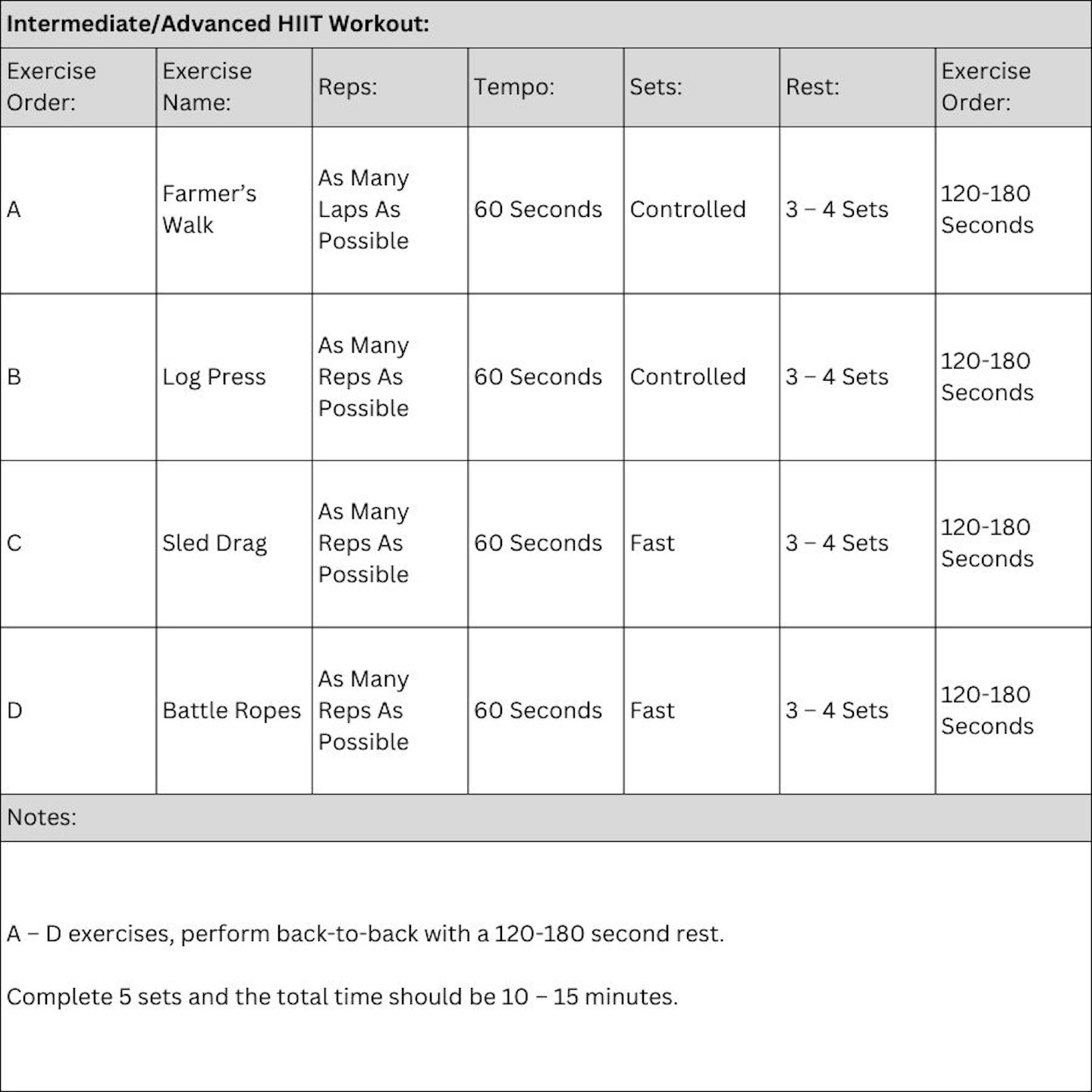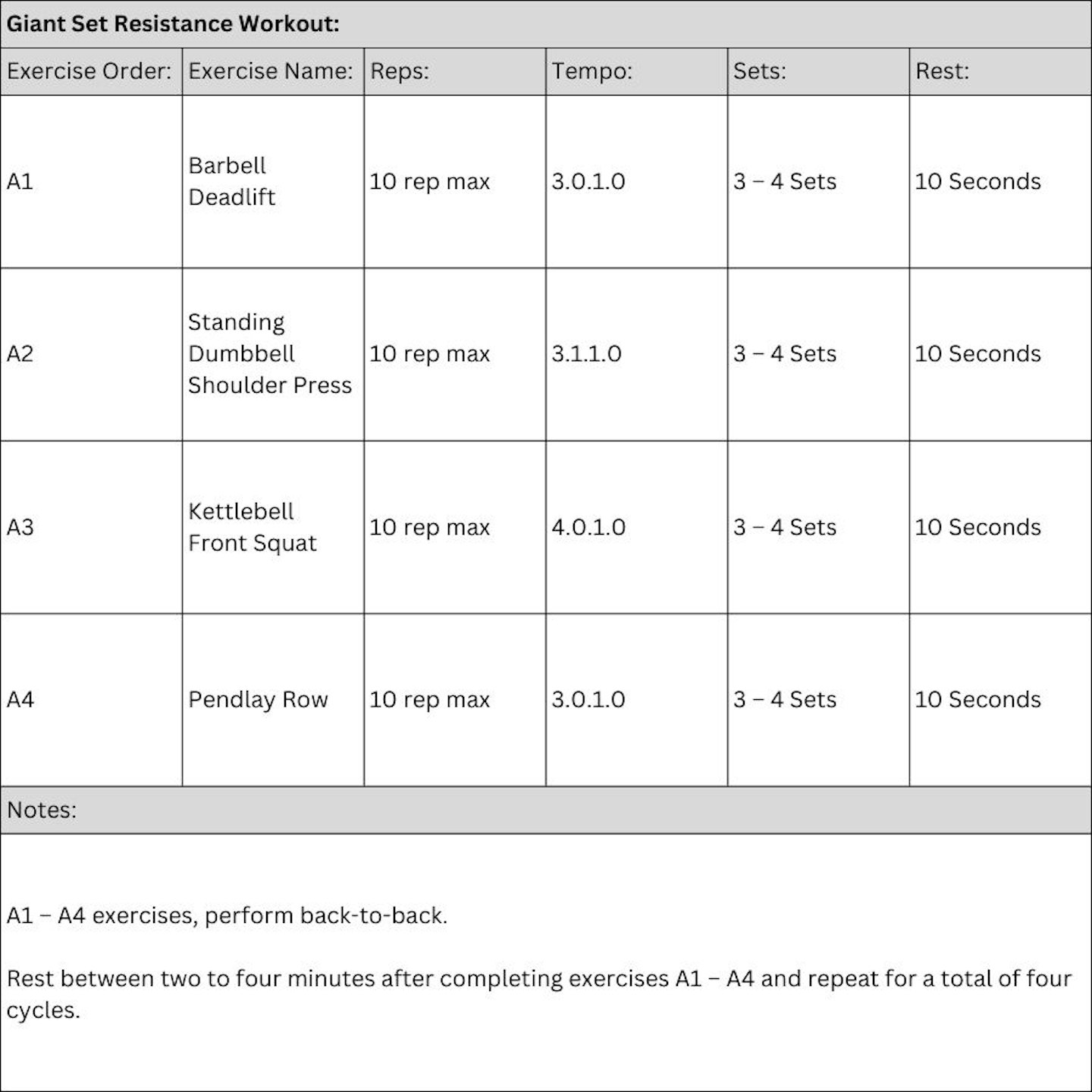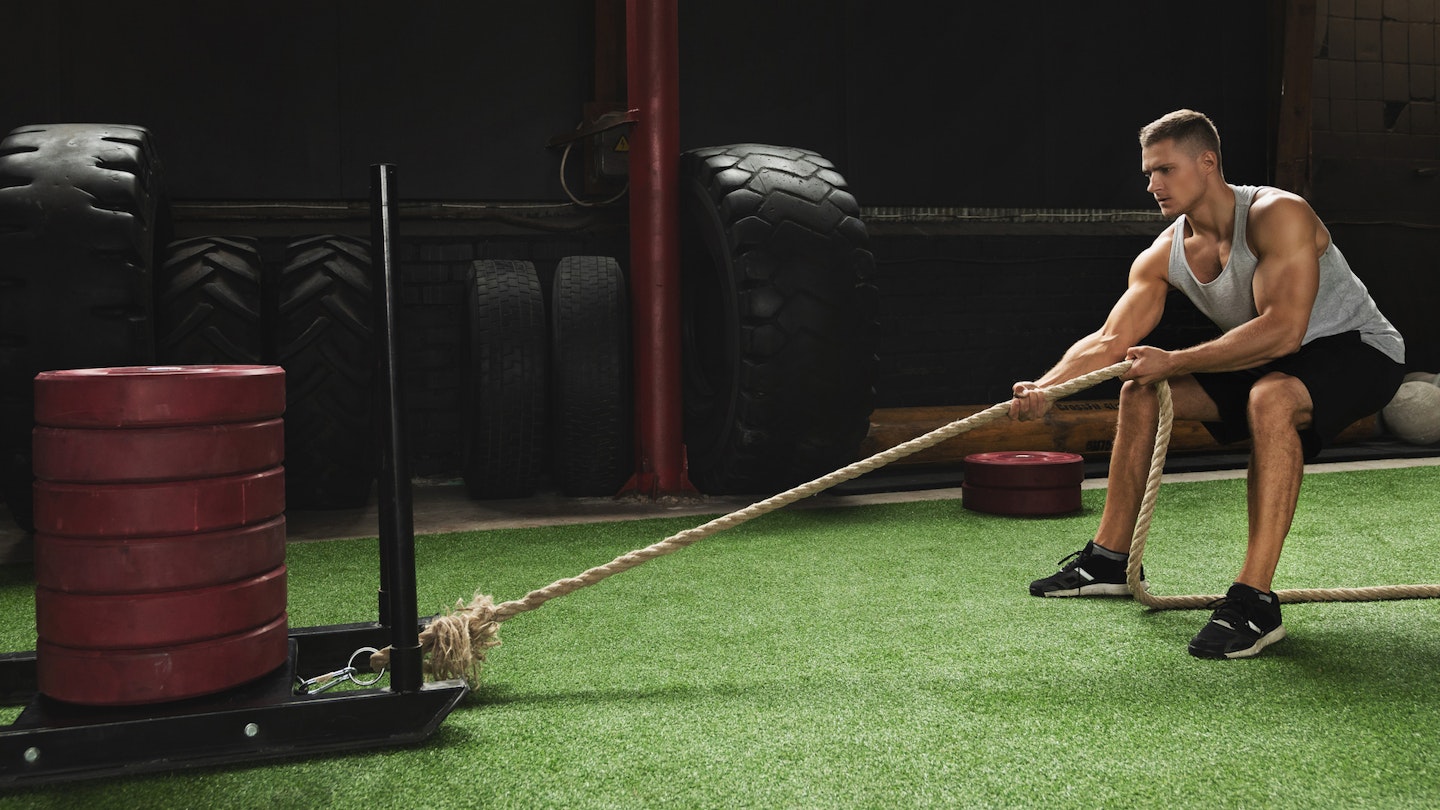High-intensity interval training (HIIT) is a workout strategy alternating short bursts of intense exercise with brief periods of rest or lower-intensity activity - the anaerobic nature of HIIT leads to increased oxygen debt, promoting improvements in cardiovascular fitness, muscle strength, and endurance. This time-efficient workout approach enhances cardiovascular fitness, burns calories and promotes fat loss. HIIT's versatility makes it popular for various fitness levels and goals, such as burning fat while building muscle, and optimising time and results.
Here, fitness expert and personal trainer Simon Diamond gives you all you need to build a challenging and exciting HIIT routine that you can adopt into your workout programme.
PT-designed HIIT routines

These aren't your typical cardio training programme; they are designed to challenge even well-trained individuals who can generate significant force. The intensity of this workout promises to give your cardiovascular system an exceptional experience and a boost in the long run. They use some principles of resistance training, such as weight lifting using barbells.
The examples below serve as a starting point, and you have the flexibility to customise the number of sets and work-to-rest ratios based on your fitness capabilities and personal goal/goals. For instance, as a beginner, you might need slightly longer rest periods to sustain high intensity throughout all sets; intermediate and advanced may require longer working out periods.
It's important to recognise that specific exercises demand more effort, potentially requiring shorter intervals or extended rest periods. While all HIIT training should be challenging, repeated sets of hill sprints (90 – 100% best effort), for example, can be more demanding than a bodyweight circuit, especially if you are pacing yourself and cruising it till the timer runs out. Remember, you get out in what you put in; maximum effort equals maximum results.
To throw different elements into the mix, you could break your HIIT workouts into two parts, with a five to 10-minute low-intensity recovery period in between. This helps maintain intensity levels and ensures a more substantial workout. Alternatively, utilise the additional time to perform isolation exercises for specific or neglected body parts, such as calves, forearms, traps, or abs.
How often should I do HIIT?
In terms of timing, it is recommended to incorporate HIIT workouts one or two times per week, preferably on non-training days or after your workouts, but never immediately before.
Examples of exercises and equipment
• Modified strongman equipment, such as prowler/sledge, battle ropes, tire flips, etc.
• Cross trainer/Elliptical
• SkiErg
• Boxing bag – learn the proper technique of hitting the bag and use boxing wraps, boxing gloves and, if required, knee and shin guards for any kickboxing.
• Sprinting - but the potential for injury is quite high, a safer alternative would be dead-mill sprints on a treadmill (go onto a turned-off treadmill. In a workout, you push its stationary belt with your feet, engaging muscles for strength and endurance).
Intermiediate/Advanced HIIT workout plan

Giant Set resistance workout plan

Note: All workout plans were created by Simon Diamond, personal trainer, fitness educator, former bodybuilder and world record holder.
Tempo: Tempo refers to the speed at which you perform each repetition. It's often represented as a four-digit sequence, such as 3.1.2.0, with each digit representing the seconds taken for each rep phase. The sequence is as follows: lowering, pause at the bottom, lifting, pause at the top.
For example, 3.1.2.0 on a squat translates as three seconds to lower to the bottom, a one-second pause at the bottom, and two seconds to lift out of the squat. There is then no pause before starting the next rep.
Simon Diamond is a contributor to What’s The Best with over a decade of expertise in fitness, nutrition and wellbeing. A former bodybuilder and fitness model winner, Simon holds multiple world records for titles in muscular endurance and strength.
Subscribe to the What’s The Best Newsletter to keep up to date with more of the latest reviews and recommendations from the rest of the What’s The Best team.
